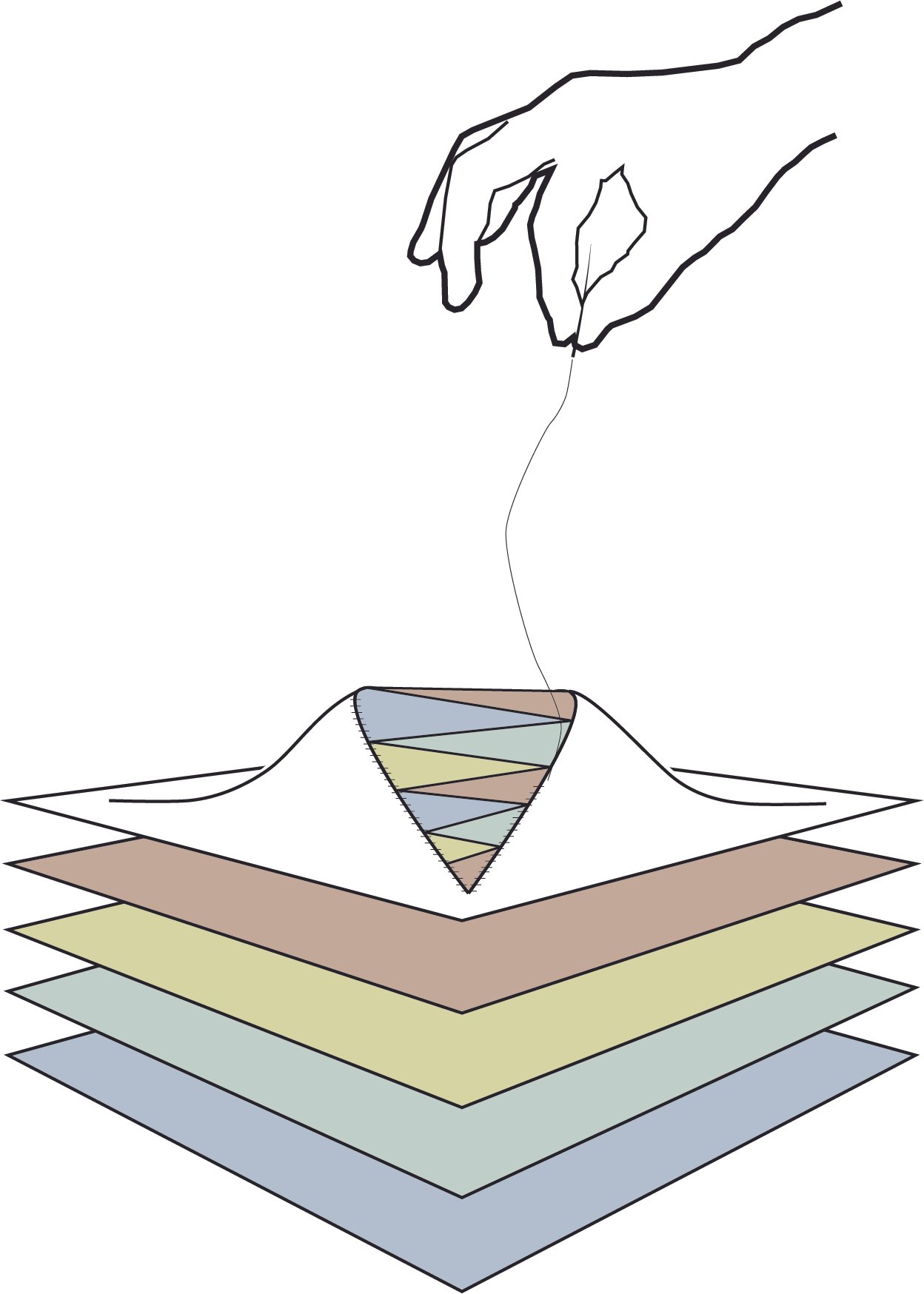Pioneer Square East-West Streets Pedestrian Improvements
SEATTLE, WA
Pioneer Square has a deep ecological and human history that extends back more than 8,000 years. Driven by a mandate to reconnect pedestrians to the newly reopened waterfront, Brice led a team that reimagined four corridors to bring those stories alive within the streetscape to make a space that is more just, humane, and representative.
The Pioneer Square neighborhood is historically, infrastructurally, and politically complex. The redesign for the Pioneer Square East-West Streets Pedestrian Improvements balances the insertion of pedestrian-friendly streetscape elements into a thriving contemporary, urban retail environment that sits above delicate, aging infrastructure.
To make space for generous public space amenities, the design will convert local streets to one-way, curbless corridors. These interventions allow traffic to access essential curb space and alleys, but move the heaviest vehicular loads away from century-old, fragile subterranean areaways. This simple traffic revision not only prolonged the life of the areaways, but also created space within the roadway cross section for accessible pedestrian routes of travel, new in-ground plantings and street trees, and interpretive elements.
Working with the Pioneer Square Preservation Board, one of the key discussions was how the horizontal plane of the roadways could serve to diversify the neighborhood’s narratives beyond the historic district’s federally-recognized “period of significance.”
Visitors will soon encounter the original shoreline of the city as they step over the “Shoreline Alley” and recall how the Muckleshoot, Duwamish and Suquamish people used to hunt and fish in the Duwamish River delta. A set of rhythmic wooden piers emerge from broad swaths of native, ethnobotanically significant plantings to recall the time before the Great Seattle Fire and to call back to the indigenous lifeways and ecologies that occupied the site for thousands of years.
Project completed by Brice Maryman while at MIG





